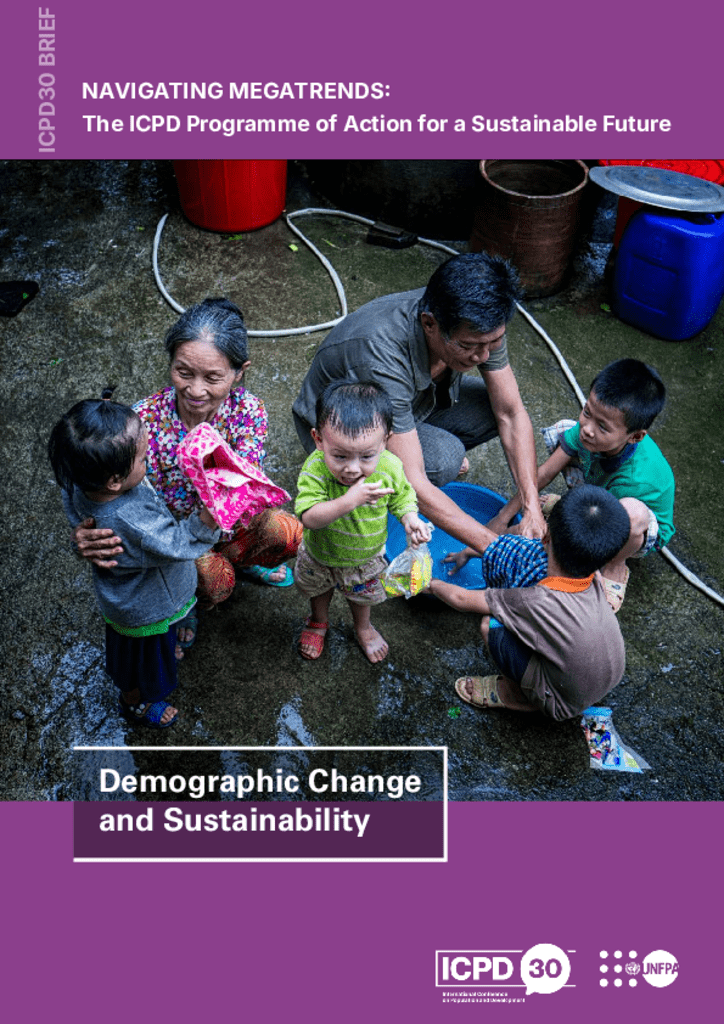
The pace and direction of demographic change have never been so different between countries. While the median age in Europe is approximately 40, it is closer to 17 in West Africa. High fertility and rapid population growth continue in much of West, Central and East Africa. Yet two thirds of the human population now lives in a country with fertility below the replacement level of 2.1 children per woman. Very low fertility is concentrated in Southern, Central and Eastern Europe and East Asia.
Some countries are concerned about rapid population growth. Others worry about population decline. Some contend that they have “too many” immigrants. Others fear the consequences of rapid emigration, particularly of their most educated, the so called “brain drain”. Having “too many” younger or older people is considered an existential crisis and may trigger fears for the future of health and social services, pensions, urban development, economic growth and even national security.
In response to anxieties about demographic change, governments sometimes seek “demographic solutions”. These typically push back against the rights and values embodied in the Programme of Action of the 1994 International Conference on Population and Development (ICPD). Policies may incentivize higher or lower fertility rates in ways that deny individual choices. They may restrict access to contraceptive services, or promote pronatalist payments, or restrict migration. Such approaches rarely succeed, as they often fail to address the underlying social and economic causes of demographic change, while distracting leaders from the needed actions to adequately prepare for their demographic future.



